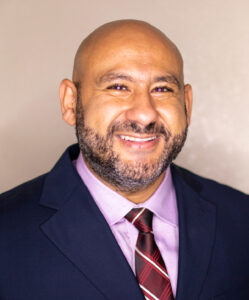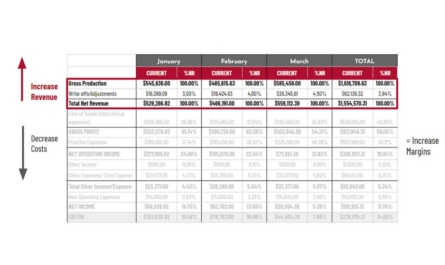OrthoDent Management implements orthodontics into its practices.
By Daniel Beaird
Integrating specialties in DSOs is a hot topic. Everyone’s schedules are busy, and people enjoy modern conveniences.
“They want a one-stop shop,” said Dr. Tarek Aly, COO of OrthoDent Management, a DSO based in Austin, Texas. “It’s a natural progression to have different types of services in a DSO.”
OrthoDent was founded by pediatric dentists, Drs. Kyle Raymond and Nieku Manshadi, in 2012 on the basis of delivering superior dental care to rural and suburban communities with limited access to high-quality care. When orthodontics was added to its mix, Dr. Dustin Roden-Johnson, an orthodontist from Austin, provided specialty leadership as CFO and clinical director of operations and Dr. Aly led the team’s administrative and management mettle to maintain consistency and quality assurance throughout the DSO. OrthoDent is ingrained in its local communities, giving it a sense of identity rather than a corporate feel and allowing each practice to maintain its own character.
“If patients already love your practice, you are their comfort zone,” Dr. Aly said. “They’re used to everyone at the front desk and to their dentist. Why not continue that service instead of making another appointment at a different place? The team’s already there. You’re giving away all of this potential service to someone else and you can do it in house. Maximize the real estate and the skills of your team.”
OrthoDent’s specialty is pediatric dentistry and orthodontics.
“Orthodontics is an unusual beast relative to most other specialties,” Dr. Roden-Johnson said. “A mistake often made is trying to put orthodontics into a practice with the same tools used for other specialties. But it isn’t like the rest.”
Orthodontics is contractually based and built through long-term relationships with patients. “Most of what we do in dentistry is transactional,” Dr. Roden-Johnson said. “But in orthodontics, there’s a higher level of commitment. If you open an ortho practice within your facility, you must be committed to it for years. It’s a train and it has a lot of momentum, and once that momentum’s going it’s hard to shut it off.”
It takes a village
“It takes a village to get an orthodontic patient to start because there’s a high level of commitment on the team’s part to deliver this care over several years,” Dr. Roden-Johnson continued. “We spend a lot of time making this specialty a part of our culture and building it out from the front desk.”
Misalignment can be common. “When you bombard your team with different aspects like the mission, the operational components and the financial components, they can feel misaligned,” Dr. Aly said. “There’s a lot they’re thinking about. You must spend significant time aligning the mission, the core values and the objectives. Why are we doing this? Remember the patients we’re serving. Remember the community. You go from there.”
Delivering KPIs to doctors, team members and practice managers is important to gain that alignment. Expectations and training must come to the forefront because pushing specialties onto a practice is like a big Labrador dog coming in and sitting on your lap while you’re trying to work, according to Dr. Roden-Johnson. “If practice managers don’t know how to manage this thing, it all falls apart,” he said.
General dentists and specialists
The general dentist must always remain the specialist’s customer. “It’s very important for a specialist not to take their position in the practice for granted,” Dr. Roden-Johnson said. “If the general dentist doesn’t see themselves as the customer, they’re not going to want to refer to the specialist. But the more the specialist educates the person who’s referring to them, the more referrals the specialist gets and the more successful the relationship.”
“It should be on Autopilot,” Dr. Aly added. “Everyone works on habit. We all make a lot of decisions every day and our brains are trying to conserve energy. There’s nothing wrong with that. But let’s ingrain the core mission on Autopilot, which is serving the patient and providing quality of care. If we’re 100% focused on coordinating the team, it eliminates a lot of misalignments.”
Dr. Aly recommends a book called “The Checklist Manifesto: How to Get Things Right” by Atul Gawande. It shows what the simple idea of the checklist reveals about the complexity of life and how to deal with it.
“We implement checklists in almost all of our daily lives,” Dr. Aly said. “Pilots use checklists. So do surgeons and construction workers. All of the industries that have a limited number of failures use checklists. They are the epitome of Autopilot.”
Yet according to Dr. Aly, many dental offices don’t use checklists. “They should. You’re saying, ‘I know if I follow this, the patient is going to have the ultimate experience,’” he said.
“It’s about simplicity,” Dr. Roden-Johnson added. “Any time you get someone out of their comfort zone, you need to establish a protocol like a checklist. We love them. They make it easy and clean to carry on a referral.”





